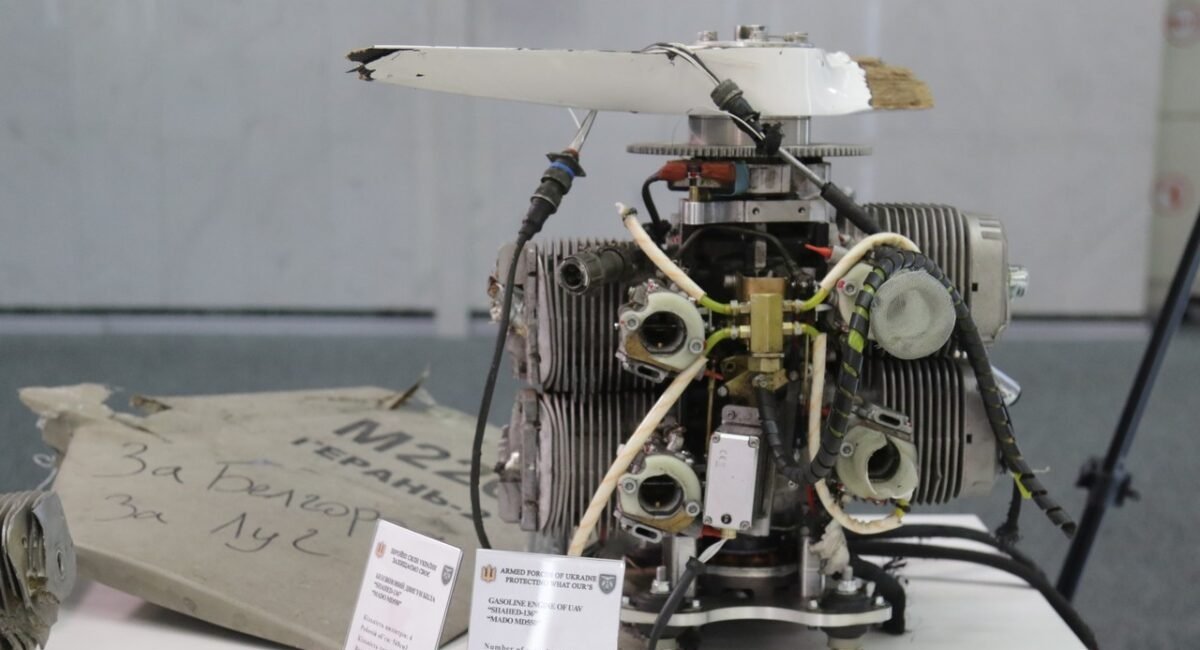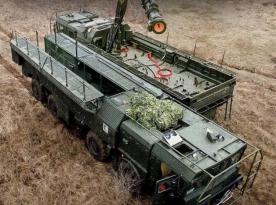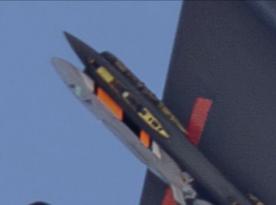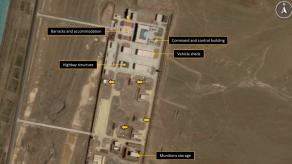The russian federation plans to produce 6,000 Shahed-136 suicide drones by 2025 made accordingly to the technologies received from iran. The total value of the program codenamed "Project Boat" is estimated at 151 russian rubles or over USD 2 billion, The Washington Post reports.
The main facility for manufacturing the iranian-designed loitering munitions in russia will be Alabuga in Tatarstan, the personnel is to work under the supervision of russian security services. However, the project faces difficulties which raises doubts they will succeed in making that many drones by 2025, the American journalists assess.
Read more: China Shows a Shahed-136 Copy Called Sunflower 200, and It's Serious Threat

The de facto supervisor of the Shahed-136-making program is a retired FSB (Federal Security Service) official. Key managers were deprived of their passports so they could not leave the country. Codenames are widely used in documentation to conceal the contents: drones disguised as "boats," explosives as "bumpers," iran was called "Ireland" or "belarus."

The documents obtained by The Washington Post demonstrate that russians were trying to improve the obsolete iranian technologies to make the weapon more powerful in attacks against Ukraine.
At the same time, the works at Alabuga progress with at least a one-month delay, russian only managed to produce 300 Shaheds while they had to reach the figure of 600 by the end of June. This is according to the first stage of the plan, at which russian plants assemble drones from ready-made components supplied from iran at a rate of 100 units per month.
The second stage was to switch over to own making of airframes, the insides would still be provided by iran. With a rate of 170-180 drones a month, they planned to make roughly 1,300 units this way.
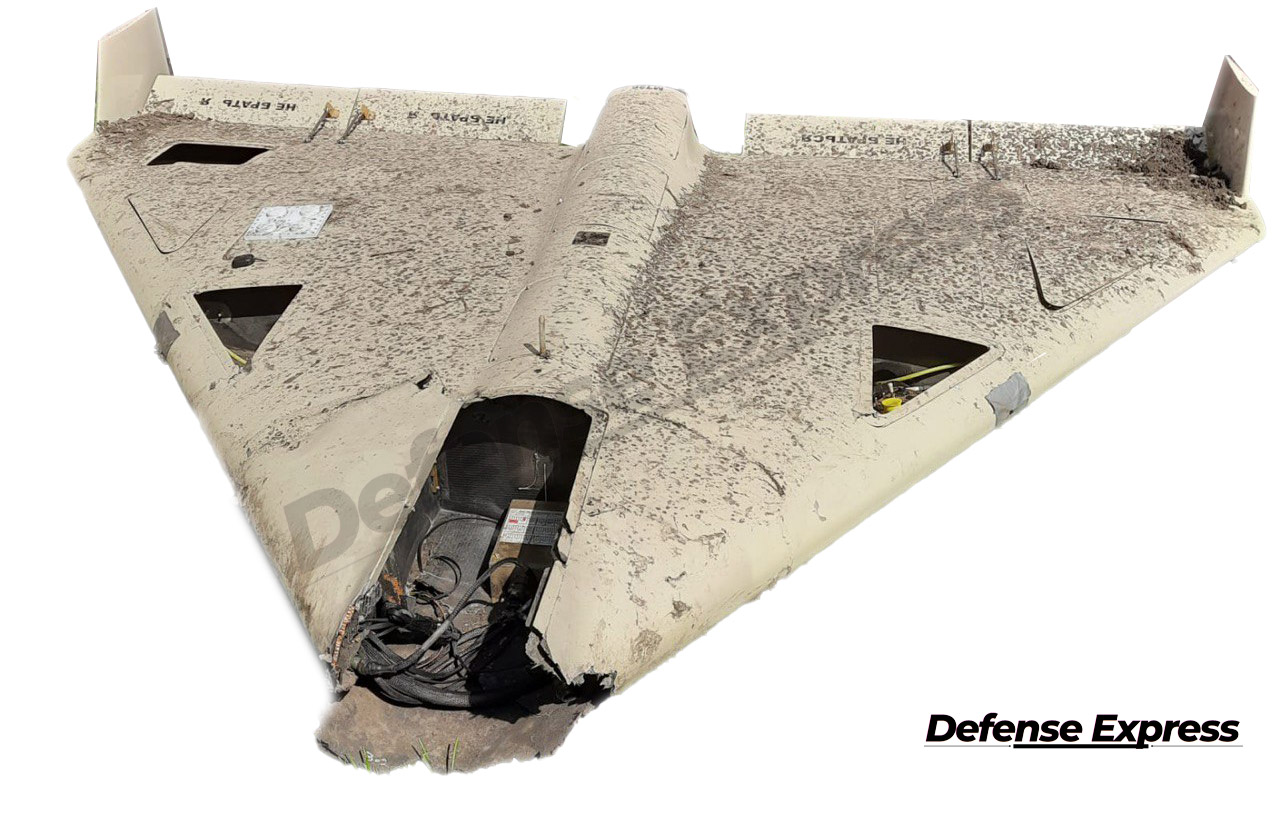
It is only at the third stage that russia expected to fully localize the production, with all subsystems made by local manufacturers. The totality of 4,000 Shahed-136 were to be made at a rate of 226 units a month.
As for electronics, both iran and russia are yet dependent on foreign products obtained through the black market, about 90% of chips and electrical parts are of Western manufacture, according to the russia-iran documentation analyzed by the journalists.
Alabuga managed to start airframe production, although not without the help of belarusian and Chinese contractors. The biggest problem though is replicating the Mado MD550 engine – the iranian rip-off of a German aircraft engine.

Besides this crucial component, russians were persistent in looking for solutions to technological problems. For instance, they managed to replace the unreliable elements with Chinese electronics with better substitutes, made the airframe waterproof, and found an alternative to the low-quality glue that held the assembled parts together.
The production is scaling up steadily despite the fact they couldn't reach the necessary 810 personnel to work in three shifts.
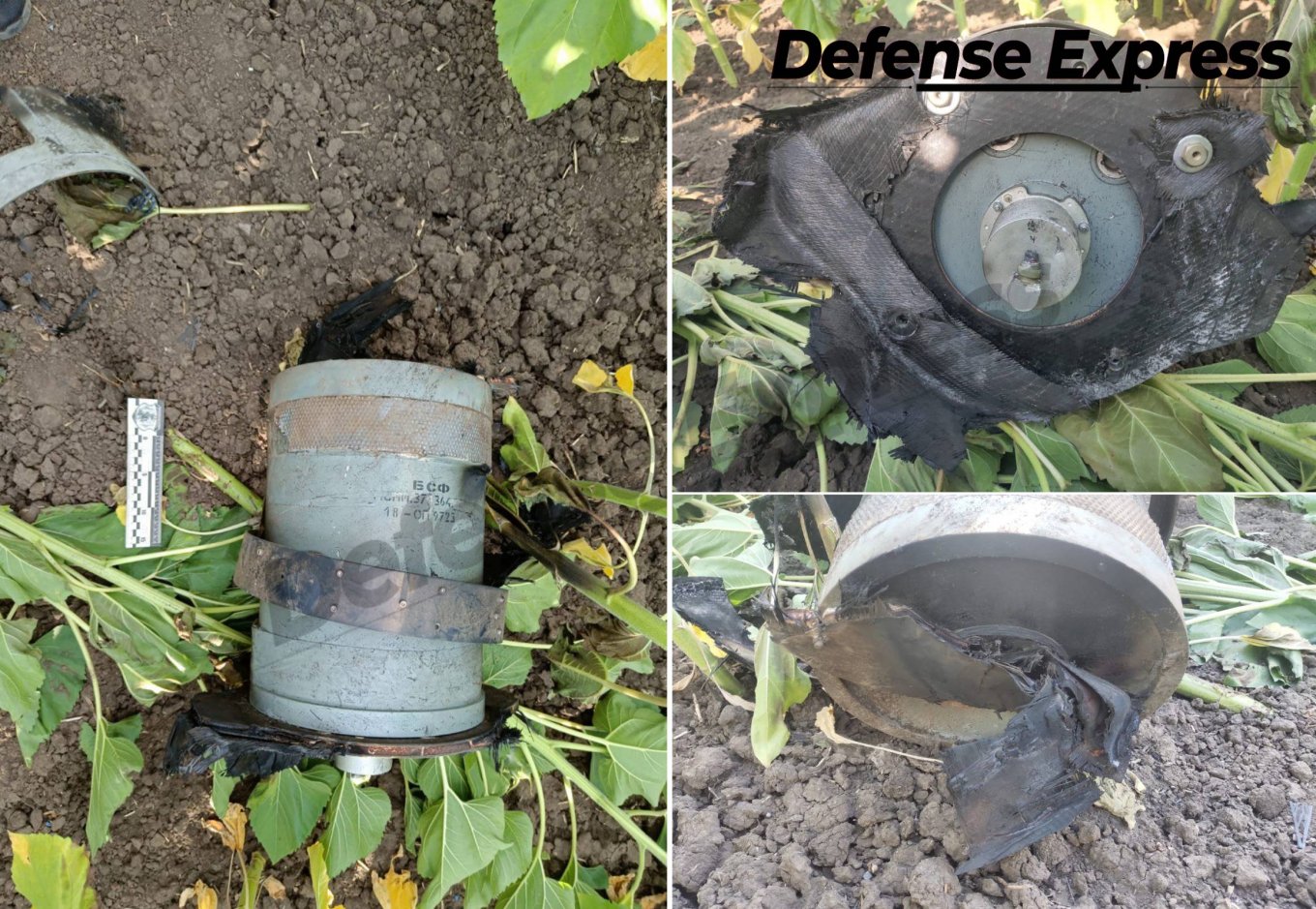
But maybe the most unexpected detail in this story is that the iranians are unwilling to transfer the technologies of Shahed-making to the russians. For example, the managers of Alabuga in their inter-department documentation criticize iranian partners has no structured technical data (or do have such but not providing) which makes copying Shahed-136 harder for russian engineers. Also, about 25% of components brought by the russian defense ministry's aircraft from iran turned out damaged.
Read more: Shahed-136 Drones Raises Concerns As They Might Be Manufactured or Assembled in russia




